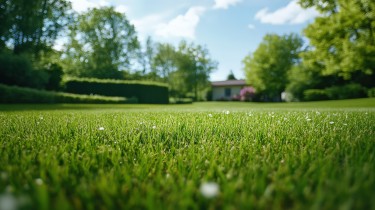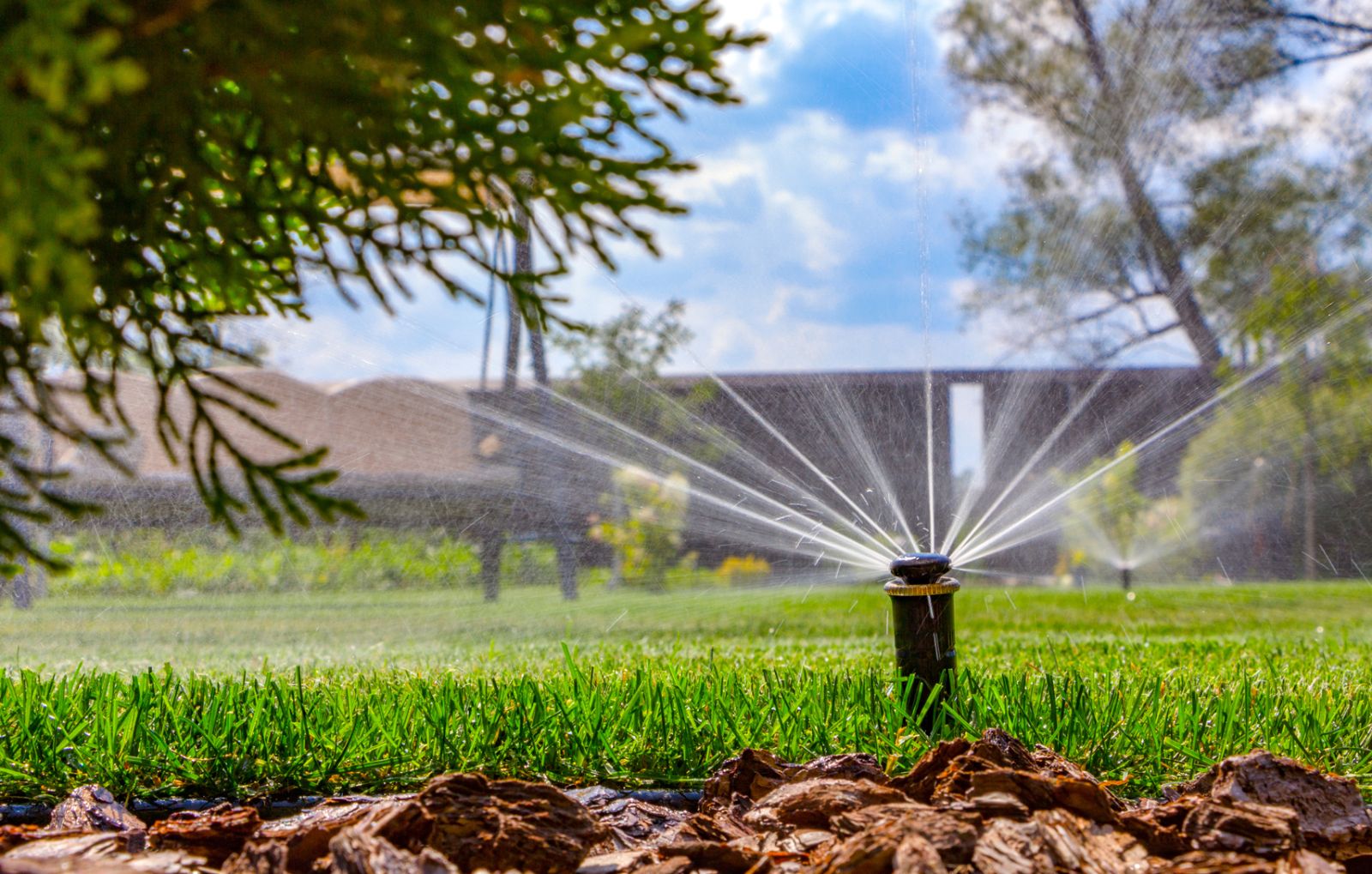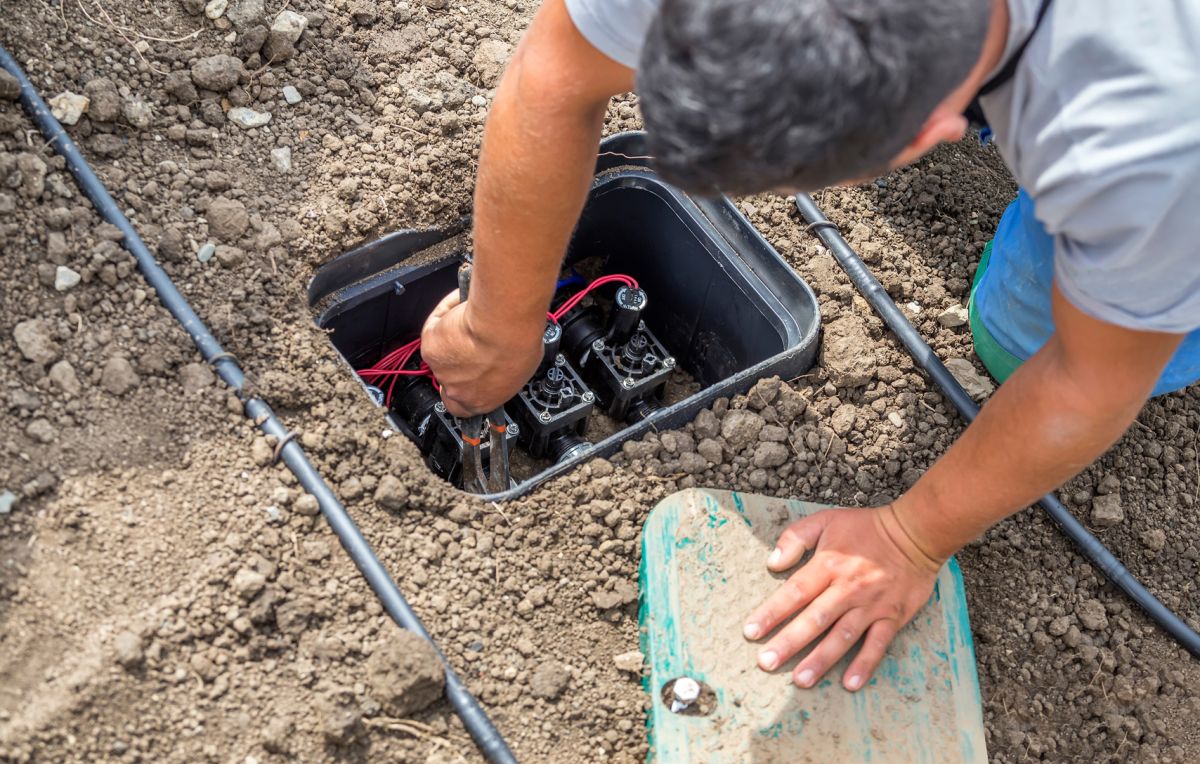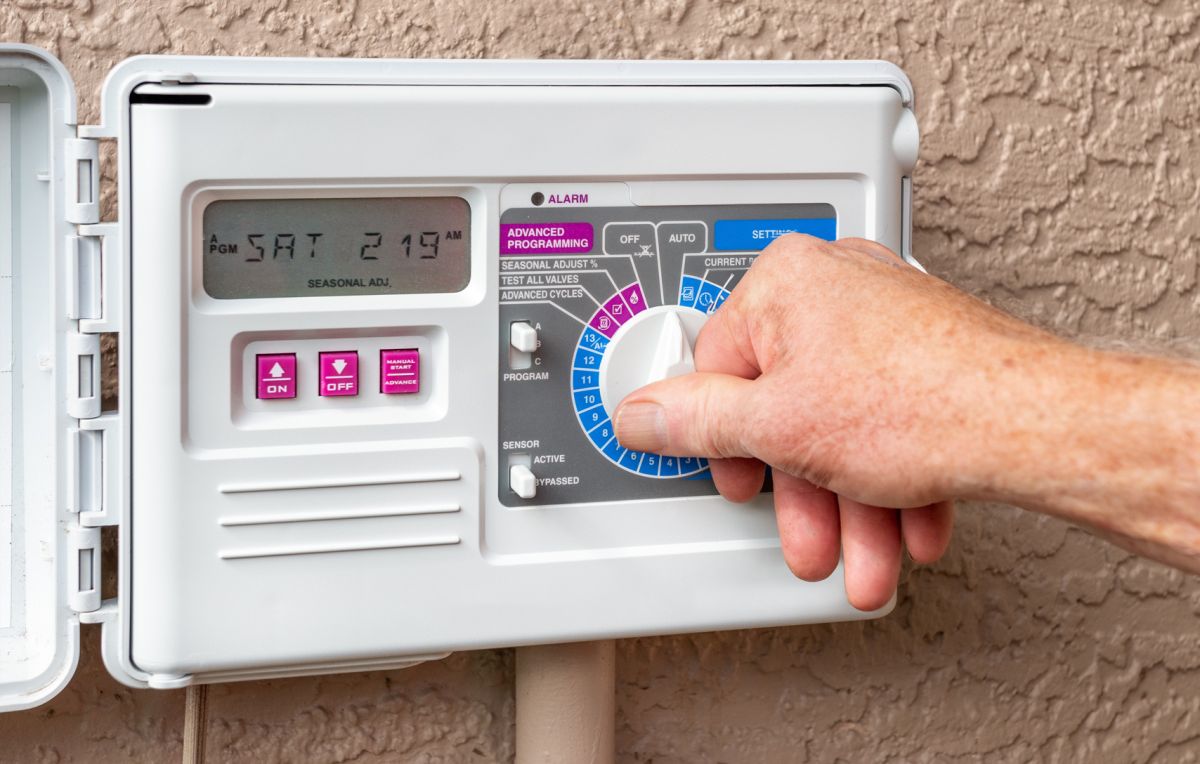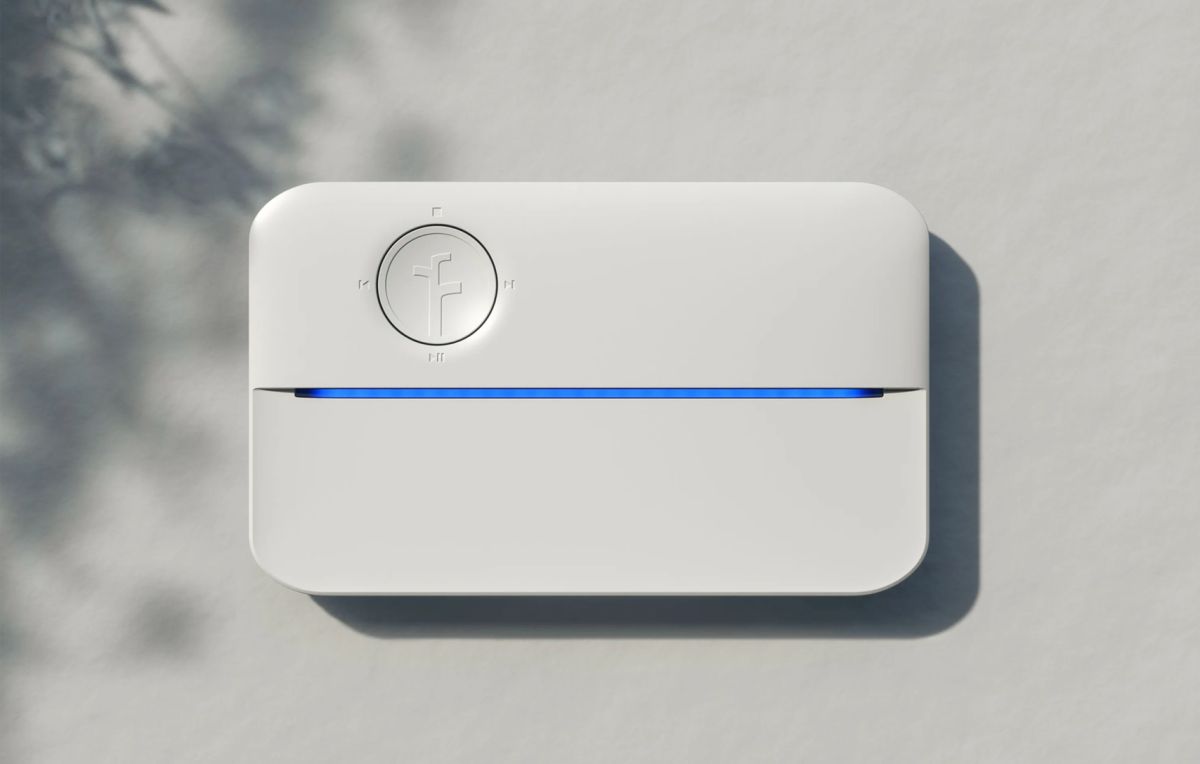Water is one of our most precious resources, and the costs of delivering water to your home seem to increase each year. With that in mind, people are rethinking how they water their lawn and gardens — and how often.
Although a conventional sprinkler system is decidedly better than lugging out the garden hose whenever the lawn or garden needs watering, you still need to turn them on and off, adjust watering schedules and monitor the weather so you can turn them off when rain is in the forecast.
This can be time-consuming and could result in water waste if not properly managed. Adding a smart controller to your irrigation system takes the guesswork out of watering, ensuring you’re only using the amount of water you need and not a drop more. To find out if a smart controller is right for you, read on!
What is a smart controller?
Smart controllers revolutionize irrigation systems by using advanced technology to optimize water usage. These intelligent devices connect to your irrigation system and leverage real-time data to make informed watering decisions.
One of the best things about smart controllers is the ability to control them remotely through smartphone apps or web interfaces. This makes it possible to monitor your water usage anywhere at any time, empowering you to make real-time adjustments and alerting you if there is a problem with your system.
How do smart controllers work?
Smart controllers basically “think” for themselves and rely on various types of data to determine watering cycles for optimal irrigation. Here are some key data sources that smart controllers typically use:
- Weather data — Smart controllers access local weather forecasts and real-time weather data from local weather stations, including temperature, humidity, wind speed and precipitation. By considering current and predicted weather conditions, the controller can automatically adjust watering cycles accordingly.
- Evapotranspiration (ET) data — ET data measures the rate at which water evaporates from the soil and transpires from plants. Smart controllers use this data to estimate how much water is lost from the landscape to help determine how long and how often to water.
- Soil moisture sensors — Some smart controllers are equipped with soil moisture sensors that are placed in the ground at different locations within the landscape. These sensors measure the moisture content of the soil, providing real-time feedback on the actual water needs of specific areas in your yard.
- Plant-specific data — Smart controllers can be programmed with information about the specific plants in your landscape, including plant type, water requirements and root depth. By understanding the unique needs of different plants, the controller can tailor the watering cycles to ensure each type receives the appropriate amount of water.
What are the benefits of a smart controller?
Using a smart controller to control your irrigation system ensures your landscape receives the right amount of water while minimizing waste and maximizing plant health. Here are some key benefits:
- Promotes water conservation — By considering factors such as weather conditions, soil moisture levels, and plant requirements, smart controllers prevent overwatering and minimize water waste.
- Increases plant health — By delivering the right amount of water at the right time, smart controllers prevent under or overwatering. This promotes healthier plant growth, reduces the risk of diseases caused by excessive moisture and enhances the vitality and beauty of your yard.
- Saves time and effort — Smart controllers automate the irrigation process, eliminating the need for manual adjustments and frequent monitoring. Once programmed and connected to relevant data sources, they automatically manage the watering cycles for you — and because they operate using a WiFi connection, everything you need is in the palm of your hand.
- Saves money — Through efficient water usage and reduced water bills, smart controllers can result in cost savings over time. Additionally, their ability to prevent plant damage and disease can save money on plant replacements or treatments.
- Sends reports and alerts — If your controller senses a problem with your system (such as defective pipes, faulty valves, broken lines or broken sprinkler heads) it’ll send you an alert so you can shut off your system (remotely) before costly damage occurs.
What smart controller do we recommend?
Rachio is the product we recommend to our clients, both for their ease of use and water savings. Their app is very user-friendly, and you don’t need to be a tech wizard to use it. The mobile app makes it easy for our team to access it, even if you’re not home — monitoring it virtually for quicker response time, providing simple programming or settling issues that may arise.
Can a smart controller be added to an existing system?
Yes! You can add a smart controller to your existing system with some simple modifications.
- Turn on the system and mark the location of the sprinkler heads.
- Once the sprinkler heads have been located, dig around them so they’re exposed (always call local authorities before digging to avoid damage to underground utilities).
- Replace old heads and replace with water-efficient nozzles or driplines (perfect for under mulch in your garden beds!).
- Replace the current controller with a smart controller.
This isn’t a complex procedure, but it is time-consuming. If you’d like help with converting your old system, book a consultation and we’ll send someone to help you out.
Need help managing your irrigation system?
Irrigation is something most people would rather not think about. Installing a smart controller can make it easy to water during the season, but there are still a lot of things you need to take care of to keep your irrigation system running properly. We can help with that.
- In the spring, our team will turn on and charge your irrigation system, check for any leaks and adjust the sprinkler heads as well as the control box settings.
- During the season, we can make additional visits to check sprinkler head coverage, adjust your smart controller settings and make repairs.
- Before winter arrives, we’ll blow out your system and prepare it for the cold months.
If you’re ready for hassle-free watering, book a consultation and we can help you get started!
